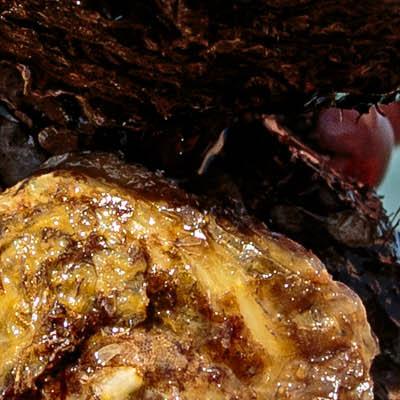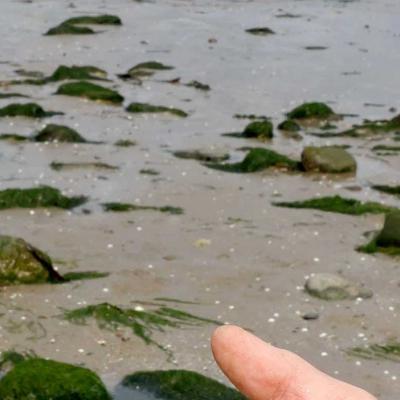Today, the 1st of September, marks the opening of the UK's native oyster season, and nowhere is this more significant than in the beautiful waters of Loch Ryan, where Scotland's last wild native oyster fishery awakens from its summer rest.
Native oysters are harvested only in months containing the letter 'R', from September through April. The reason is that this avoids disturbing the oyster bed during the important summer breeding season, when oyster ‘spats’ are produced.

A Living Treasure Beneath the Waves
Beneath Loch Ryan's surface lies more than 23 million native oysters (Ostrea edulis) forming one of Europe's most important oyster beds. While 95% of native oyster populations across Europe have vanished due to overfishing and environmental pressures, Loch Ryan's bed has not only survived - it’s thrived.
The secret lies in the loch's unique geography and centuries of careful stewardship. Loch Ryan's circular water movement creates near perfect conditions - oyster larvae remain in the loch for the crucial ten days they need before settling onto the hard shell surfaces on the seabed. This summer saw water temperatures reaching a record 17.8°C in July - a marine heatwave that created ideal breeding conditions. Marine experts predict this could result in the most successful spawning season in decades.
Conservation Through Consumption
Did you know that eating these native oysters actually helps protect them? The Loch Ryan Oyster Fishery Company operates on principles that would make any conservationist proud. Only the largest oysters - typically 8 to 10 years old and having already contributed years to breeding - are harvested. This represents just 5% of each catch.
The remaining 95% are carefully returned to the loch, strategically placed in dense beds to maximise breeding potential. Each oyster is also an environmental powerhouse, filtering up to 240 litres of seawater daily, creating habitat for other marine species, and helping stabilise sediments.
This sustainable approach has seen oyster numbers grow dramatically in recent decades. The bed that supports this ancient ecosystem now serves as a genetic reservoir for restoration projects stretching from the Firth of Forth to continental Europe.

Bringing Marine Science to Life
This remarkable story of conservation success is taking centre stage at Stranraer Oyster Festival (12-14 September), where cutting-edge marine science meets culinary celebration. The festival's new marine science programme offers unprecedented access to the researchers studying this precious ecosystem.
The marine science events that launched last week have proved incredibly popular. While advance tickets for "Secrets of the Oyster Bed" and the SCAMP Landscape Connections evening are now sold out online, both events welcome drop-in visitors and there’s plenty of room in the venue for those who want to join these fascinating sessions.
A Season of Celebration
As September begins and the first native oysters of the season are carefully harvested from Loch Ryan's waters, there's much to celebrate. The crew of the Vital Spark oyster boat are now in a race against time to harvest the thousands of oysters needed for Stranraer Oyster Festival.
Every native oyster enjoyed at the festival directly supports the continuation of practices that have protected this ecosystem for over 300 years. It's conservation you can taste, tradition you can touch, and science you can support - simply by appreciating one of Scotland's most remarkable natural treasures.







